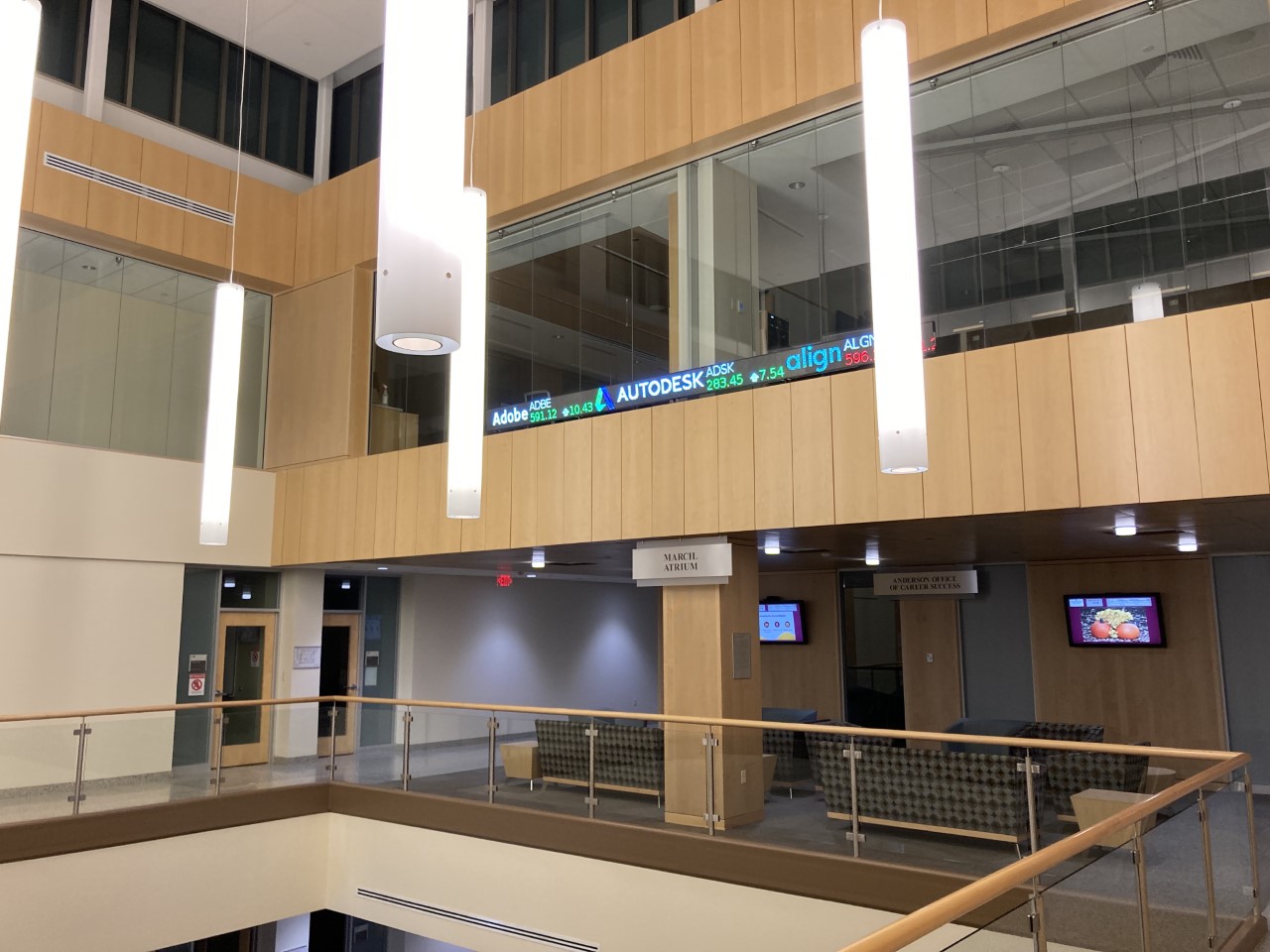As the economy is living through what is hopefully the last bits of COVID-19, the Federal Reserves, the country’s main monetary institution, has taken the first step towards normalcy. For years, the Fed had been buying bonds and other securities from different level banks as a method of quantitative easing to increase assets’ liquidity in the economy, as well as creating an environment for cheaper borrowing.
Bond purchases add up to $8.5 trillion of the Fed’s balance sheets, with the reserve buying approximately $120 million worth of bonds every month. This cut in purchases comes as the U.S. economy is bouncing back after the pandemic, and with interest rates low, this move could also serve as an inflation controller which is now predicted at 4.2%. Even though there are no expected interest rate hikes for this year, 2023 could see borrowing rates at 0.6%.
With inflation being high, a taper on bond liquidity, while interest rates are low but with the premise to rise, economists worry about another “Jimmy Carter stagflation,” this time a “Joe Biden stagflation,” as called by Art Laffer, former President Reagan economic adviser.
Robert Mayo, professor of economics at Concordia and expert in microeconomics, says, “Money does not mean wealth. Money is a measurement of wealth.”
Whether this decision could have come as a result of the Fed’s concerns about the current inflation not being transitory, he says it depends on your definition of transitory.
“There are three reasons: either they think a monetary stimulus is no longer needed, or they think that the risk of causing inflation is too high,” Mayo says. “A third reason could be that the combination of high government spending and quantitative easing can drive inflation to the moon.”
The Bureau of Labor Statistics reports that the consumer price index (CPI) for August 2021 rose to 5.3%, with energy prices skyrocketing to 25%. The average consumer might think that the opportunity cost of a higher economic growth might be higher prices, but that doesn’t look like the case.
Economists from Bank of America predict the U.S. economy to slow down in the third quarter due to inflation and shortages, which is typical for an economy near stagflation.
“Some economic drivers of both growth and inflation are reminiscent of conditions in the 70s,” says Mayo. “However, if you want to know for sure, consult your local crystal ball.”

Angel Rodriguez, a professor of finance at Concordia, predicted a housing market slowdown in the short run due to the Fed’s tapering.
“With the interest rates being higher, and fewer mortgages being bought by the Fed, banks are less likely to give loans and as a result, the market cools down,” Rodriguez says. “In the long run, house prices will go down if the Feds continue to withdraw support.”
With regards to the risk of inflation, Rodriguez explains that besides injecting more money into the economy, asset purchasing has not caused inflation. For him, the slowdown in economic growth is attributed to COVID events, so it’s still unclear if potential stagflation is around.
Riaz Aziz, professor of economics and corporate finance at North Dakota State University and Concordia, shares a different idea regarding the Fed’s decision to taper on their asset purchases:
“The Feds are mandated by Congress for two main reasons: unemployment and inflation control,” says Aziz. “In times when interest rates are low, borrowing is already cheap, and injecting money supply into the economy would not be necessary.”
Additionally, Aziz reaffirms his view that the current inflation is transitory and purely non-fiscal. Mortgage back securities, though, might see some demand deficiency, in times when demand goes down with investors selling more of their bonds and an increase in yields. What will happen next can be proven only by time.

